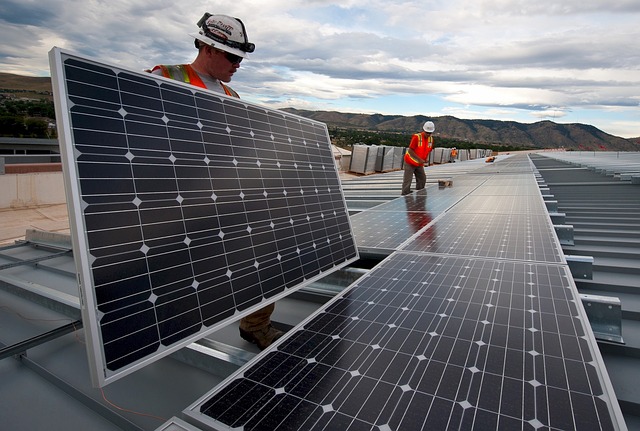kWh Analytics, a provider of climate insurance for zero carbon assets, has revealed the top 12 issues within extreme weather, financial modelling, and operational risks for the solar industry.
solar-panelsThe 2023 Solar Risk Assessment Report highlights the need for robust strategies to ensure solar asset resilience, especially in extreme weather conditions.
Within extreme weather risk, challenges include: proactive hail stow program can reduce property insurance premiums; modules made with tempered glass are approximately 2x as resilient to hail impacts as those with heat-strengthened glass; and glass/glass modules are more than twice as likely to break compared to glass/backsheet modules
There are eight risk issues within financial modelling, these include: underestimation of modelling uncertainty means PV projects experience P99 scenarios once every 20 years 99% availability is achievable, but not typical; and capital costs for DG solar will decline by 3% in 2023.
As well as the fact that procurement lag and supply-chain delays keep utility-scale costs high US module prices to plummet below $0.30 per watt once tariff dust settles; and uncertainty in degradation affects financial modelling results differently for ITC and PTC.
Within operational risk, challenges include: In desert climates inverter efficiency derating can result in up to 2% production loss beyond expectation; and solar industry losing $2.5B annually from equipment underperformance.
As well as: high-resolution solar resource data reduces clipping loss errors by more than 90% versus hourly data for high DC:AC scenarios; the biggest barrier to growth for solar companies? 44% of companies say a lack of trained labour.
Additionally, kWh Analytics also noted that while the Inflation Reduction Act, a freeze of potential tariffs, and more robust supply chains have helped the market grow, more frequent weather events and a lack of skilled labour still present challenges as the solar industry grows to meet the decarbonization targets.
Jason Kaminsky, CEO at kWh Analytics, commented: “Managing solar asset risk requires a concerted industry effort to ensure sustainable growth and investment.
“It is in our collective interest to address the evolving risks identified in the report and to collaborate on solutions. By doing so, we can ensure the long-term success and sustainability of the solar industry.”






